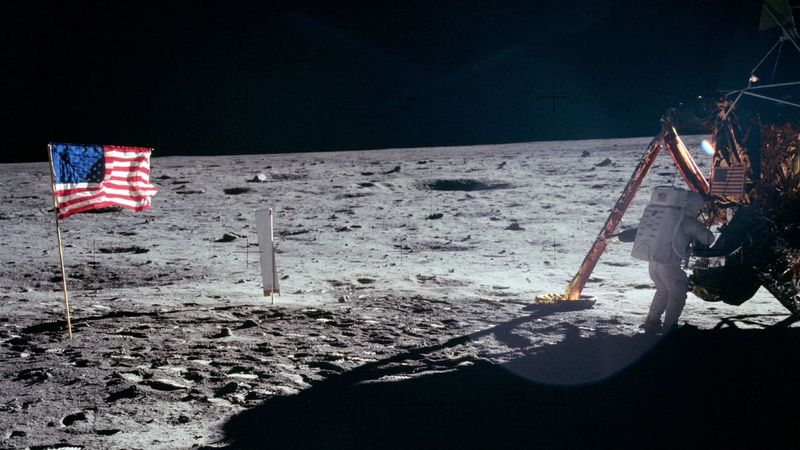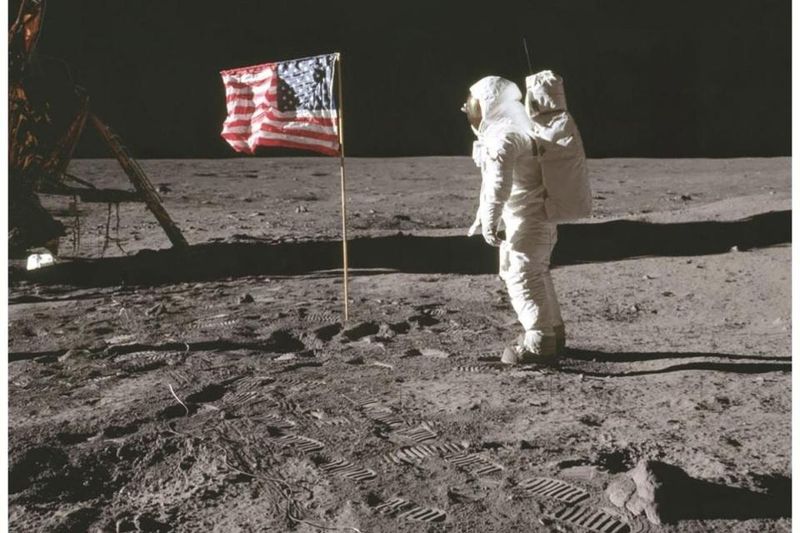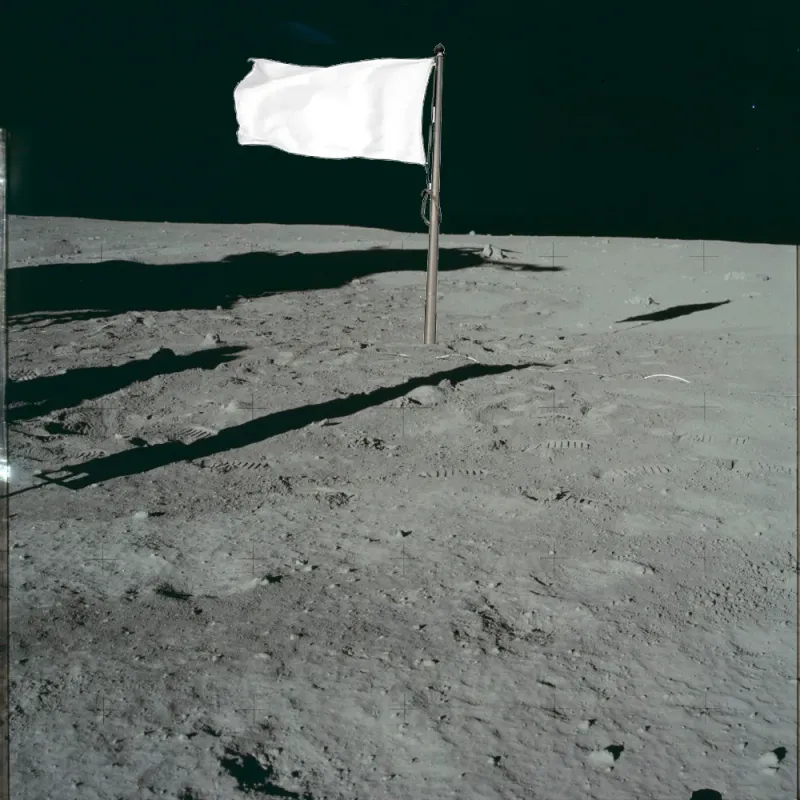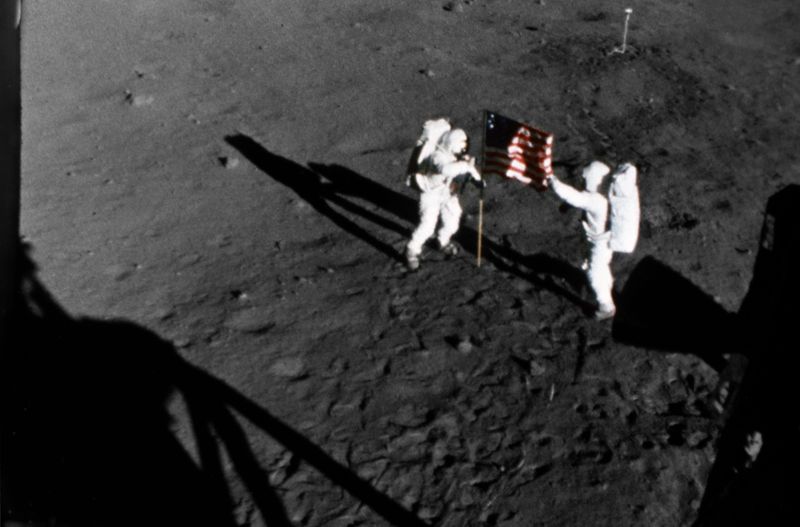The American flags planted on the Moon during the Apollo missions are a subject of intrigue and mystery. While many believe there’s just one flag, the reality is far more complex. These symbols of exploration and achievement are hidden away from telescopic view, leaving many to wonder about their fate.
From unexpected mishaps to the harsh lunar environment, the flags have a story to tell. Here’s a deeper look into the surprising truths about these iconic emblems and why they’ll remain unseen through any telescope.
1. There Isn’t Just One Flag on the Moon—There Are Six
Most people think only one flag was planted, but surprisingly, six U.S. flags were placed on the Moon during the Apollo missions. Spanning across missions 11, 12, 14, 15, 16, and 17, each crew ensured their legacy was marked. This multiplicity adds a layer of historic richness to lunar exploration, symbolizing not just a single event but a series of pioneering moments.
2. The Original Flag Was Knocked Over
Buzz Aldrin confirmed the flag planted during Apollo 11 didn’t stand for long. Upon takeoff, the lunar module’s engine thrust knocked the flag over, a moment both comical and poignant. This unexpected mishap reminds us of the unpredictability of space missions. Nonetheless, this incident underscores the impermanence of human marks on extraterrestrial surfaces, where gravity and physics play by different rules.
3. You Can’t See the Flags with a Telescope
Even the most advanced telescopes on Earth fall short in resolving the flags on the Moon’s surface. At about 238,900 miles away, the flags, approximately 5 feet wide, are too minuscule to detect. This limitation doesn’t diminish the flags’ significance but rather highlights the vastness of our universe. While enthusiasts might yearn for a glimpse, the real view requires lunar orbiters. This fact adds an air of mystery to the flags, leaving their exact condition and stance to the imagination.
4. Some Flags Are Probably Sun-Bleached White by Now
Over five decades, flags on the Moon have endured 250°F heat and intense UV radiation. With no atmosphere to protect them, these flags have likely lost their vibrant hues, turning into bleached relics. This transformation is a testament to the relentless solar exposure in space. Despite their faded state, these flags remain enduring symbols of human achievement beyond Earth.
5. NASA Didn’t Expect the Flags to Last
NASA’s pragmatic approach meant that the flags were simple nylon, chosen for immediate symbolism rather than longevity. Purchased from a government catalog, they were intended to last the mission duration, not eternity. This practical decision underscores the primary focus on scientific exploration rather than preservation. Consider the simplicity of the choice, reflective of an era where reaching the Moon was the priority. These flags, though not designed for endurance, ironically persist as historical artifacts, weathering the harshness of space.
6. You Can See Their Shadows—Thanks to NASA’s Orbiter
In 2012, NASA’s Lunar Reconnaissance Orbiter captured images showing the shadows of five out of the six flags still standing. These shadows serve as silent witnesses to the flags’ persistence, seen not through telescopes but through advanced lunar technology. It’s ironic yet fitting that while the flags themselves elude direct observation, their shadows confirm their presence. This discovery provides a modern connection to past achievements, where technology bridges the gap between the visible and the unseen.
7. Planting the Flag Wasn’t Originally Part of the Plan
Originally, the Apollo 11 mission focused solely on scientific instruments, with no initial intention to plant a flag. The decision to include the U.S. flag came later, sparking discussions about using a United Nations flag instead. This deliberation highlights the desire for a gesture symbolizing peace for mankind. The eventual choice of the U.S. flag reflects national pride and the political climate of space competition.







